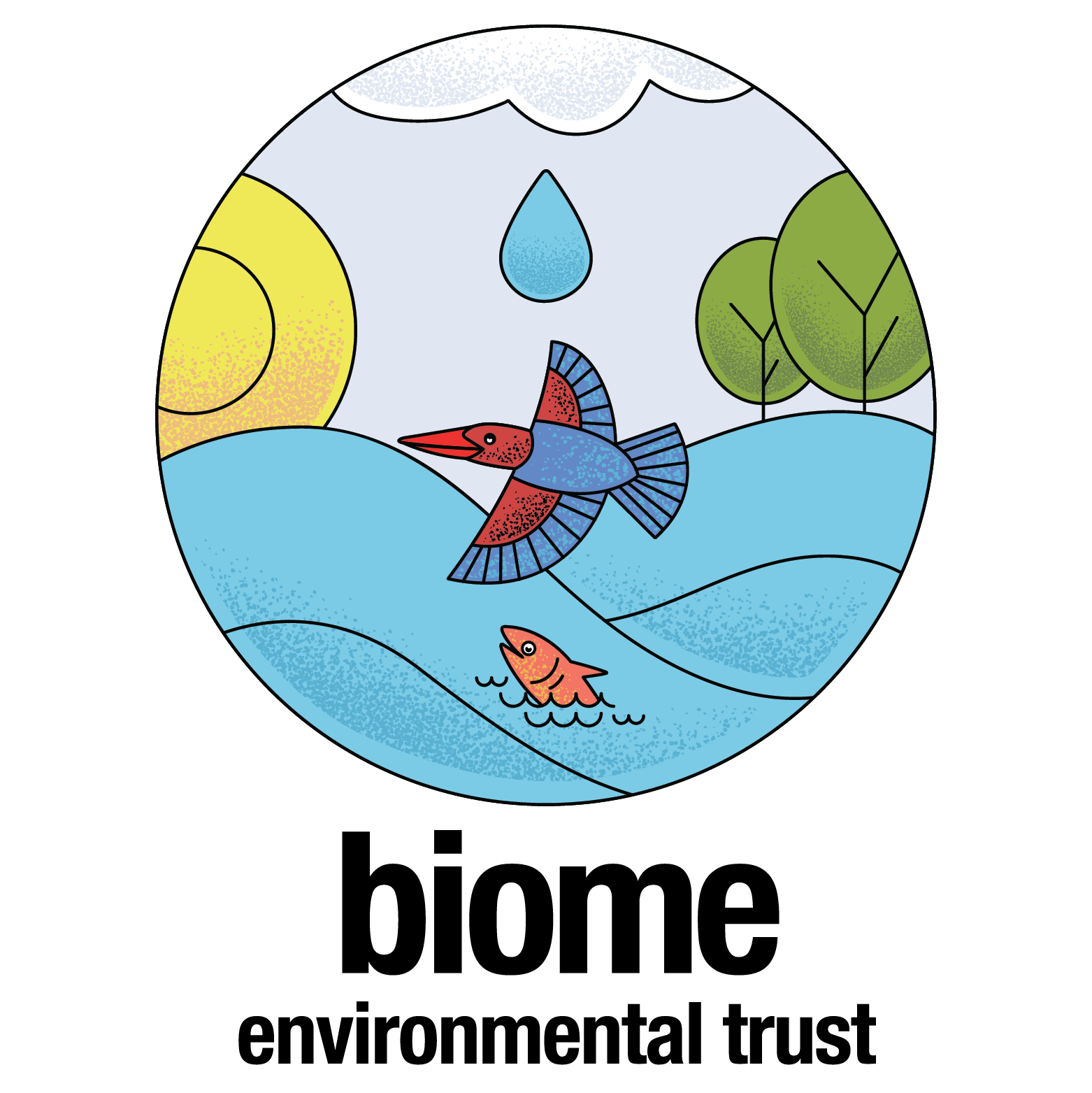The Devanahalli town located very close to the Bangalore International Airport (34 km from Bangalore) is home to around 30,000 people. It is also
the main town of Devanahalli Taluk in the Bangalore Rural district. The town is of historical significance. The town is still a sought after location for
its old temples, forts dating back to the 15th Century. The town is also the birthplace of Tipu Sultan, an erstwhile ruler of the Kingdom of Mysore
from 1782 to 1799.
| Locating Devanahalli |
Traditionally, Agriculture has been practiced in Devanahalli and it is the main livelihood to many communities in the town. Devanahalli is also home
to a number of Keres, open wells and step wells/Kalyanis which are of cultural and heritage value. They were also the traditional water systems locally.
This region has historically been dependent on the network of cascading tanks, step wells and open wells to tap local groundwater for different water
needs. Tanks served the purpose of both groundwater recharge and as irrigation reservoirs. All domestic needs and agriculture needs are served by
Open wells and step wells/kalyanis used for religious and cultural purposes.
Within the town Shineeru kere or “Sweet water lake” and Doddadda ammani kere or “very big lake” are two major water bodies. These water bodies
serve the drinking, domestic and agriculture needs indirectly. The two lakes recharge the groundwater as well. To access this groundwater, almost
every household and farmers built open well as a decentralized water management system. Devanahalli also had few public open wells to serve the
needy. These public open wells also had a kundi/small tub adjacent to it to withdraw water from well and pour into the tub to use for their day needs.
In few of the public places/places of importance, a traditional water distribution system/ Silendra near the dargah is places which served water for
travelers who waited here to board a vehicle or for rest.
 |
| Identified open wells in Devanahalli |
 |
| Open well |
 |
| Step well |
 |
| Kundi/ Tub |
 |
| Silendra/ Water distribution system for travellers |
With a new wave of urbanization proposed by Bangalore International Airport Area planning Authority (BIAAPA) in the last decade, Devanahalli is
planned to be the centre of new developments. It would be surrounded by large Software, Hardware, Financial Services and Aerospace special
economic zones (SEZs). Today, its municipal boundaries cover an area of around 16 sq km but it’s set to expand in the coming years. This
development will also lead to transition from agricultural lands to real estate – currently mostly into residential properties. Along with the
landscape transition, the region will also experience transition in its water scape. The catchments of the lakes are already disturbed affecting inflows
into the lakes. Groundwater tables have also fallen drastically in the region, and in general this area experiences water scarcity.
Farmers therefore have invested in drilling deeper bore wells in many places, often without adequate yields. Beautiful open wells with masonry stones
dot the landscape, but are mostly dry and filled with solid waste today. The area has also seen investments by farmers in drip irrigation systems to
conserve the water. The town is managed by local municipality i.e. the Town Municipal Council (TMC). The individual households of the town are now
connected with water pipes to receive municipal supply from public bore wells dug by the TMC or from tankers and few are connected with their own
borewells, changing the water paradigm from decentralized water management to centralized water supply. Eventually, to sustain the growing water
needs, deeper aquifers replaced traditional systems as a primary driver for irrigation and domestic consumption. Though, these sources provided
short term relief but drastic exploitation of groundwater was soon visible. Every year 8-10 new borewells are dug to meet the growing water
demands of the town putting shallow aquifers out of the imagination. This is the best time for Devanahalli town to realise the role open wells have
played over the centuries in management of water. Can we look at bringing back this water heritage of the town which were crafted exquisitely to be
called work of art? Stories are already emerging from the town of formal and informal enterprises realising the importance of shallow aquifer.
In the next few blogs we will talk about small stories on the impact of urbanization on shallow aquifer in Devanahalli.
